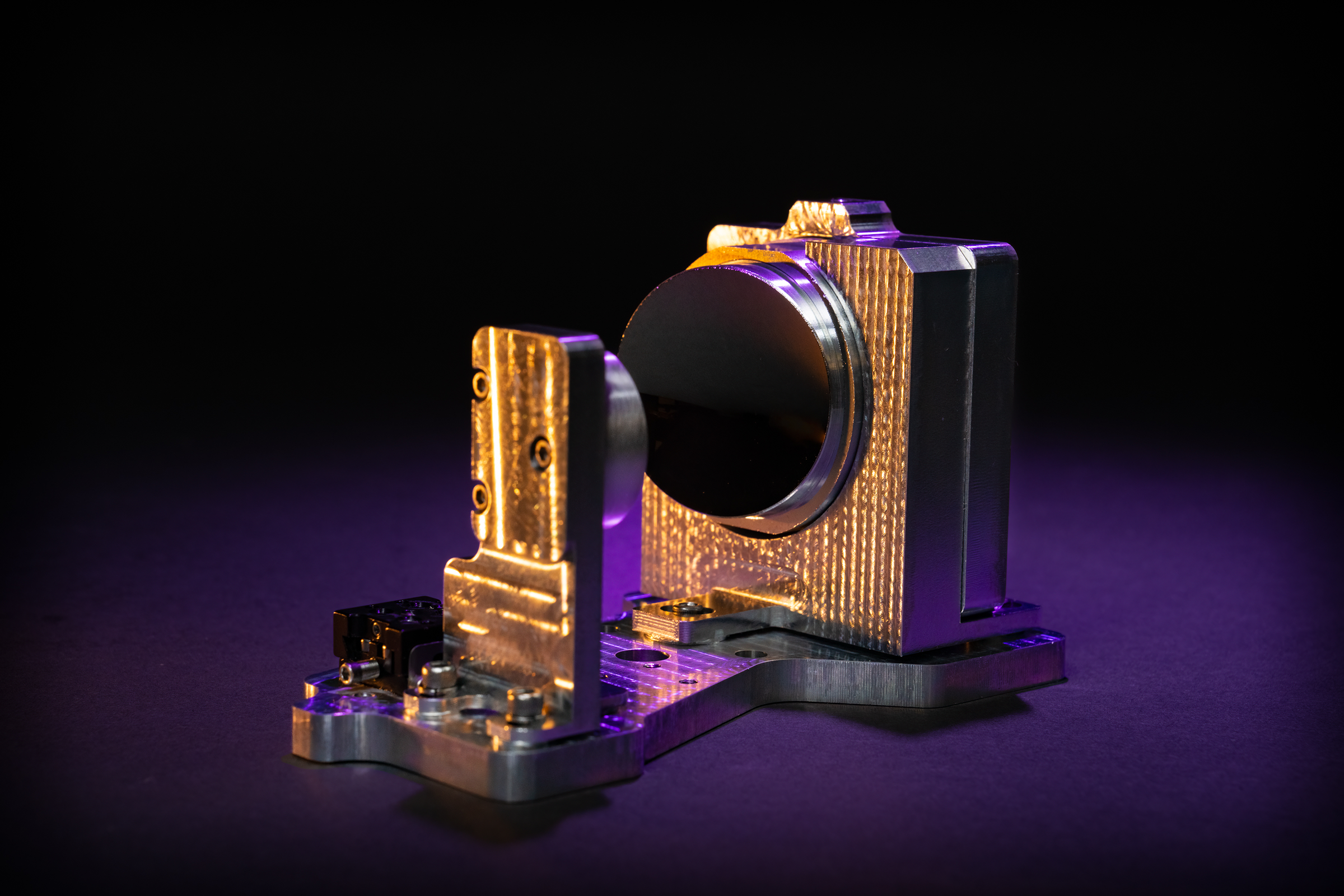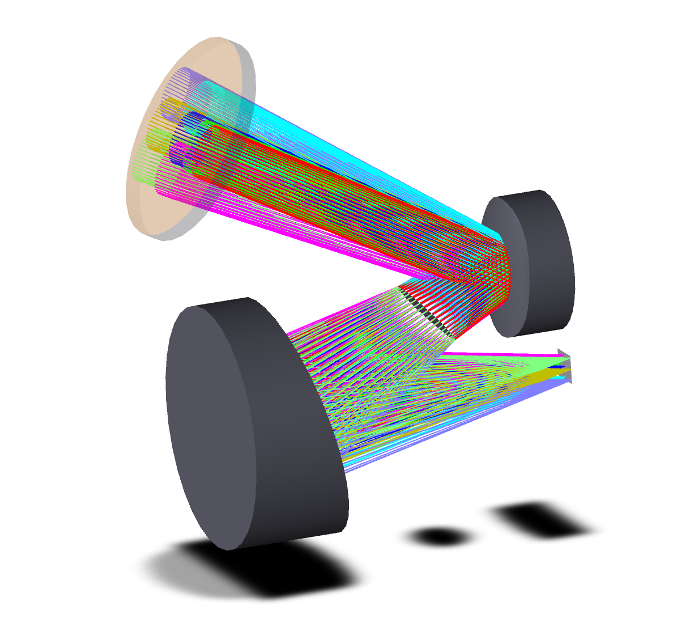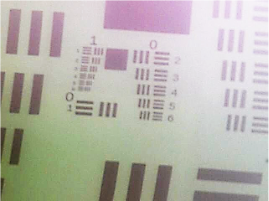Freeform-Optics-Enabled Underwater Camera

Lincoln Laboratory researchers designed an all-reflective optical system that utilizes two complex mirrors instead of a traditional lens composed of eight glass elements. They implemented this revolutionary freeform optics design in a camera installed in a container filled with an incompressible fluid, like mineral or silicone oil, to allow operation in high-pressure, deep-sea environments. Immersion in the fluid does not inhibit the optical performance of the mirrors, making this novel camera an alternative to underwater systems encased in costly pressure-resistant packaging. This camera in either a fixed location or on a vehicle can enable underwater inspections or observations of fish populations and ocean health.

Innovative Solution
Lincoln Laboratory’s novel two-mirror, freeform optics design expands the capabilities of optical systems, while offering performance that cannot be beat by conventional glass-based optics. The pressure-tolerant, lightweight underwater camera system is an example solution enabled by this design. Recognizing that submersion in an incompressible liquid or fluid like mineral oil does not interfere with the focusing power of reflective mirrors, engineers encased the optical unit in a fluid-filled container that enables the camera to resist the crushing pressure at extreme ocean depths. This container eliminates a need for a costly, cumbersome “strong box” to protect an underwater camera from pressure-induced damage and thus opens opportunities for monitoring the health of undersea structures and the ocean environment.

Potential of Freeform Optics
This design could be adapted for applications that demand an optical system able to withstand extreme conditions of pressure or radiation—for example, conducting space surveillance, imaging from airborne platforms, and monitoring land in harsh climates.

Benefits
- A 20-degree diagonal full field of view, a tenfold improvement over conventional optics
- Diffraction-limited system, enabling highest-resolution imaging
- Achromatic capability, allowing imaging in light ranging from ultraviolet to longwave infrared
- Telecentric and unobscured aperture, resistant to biofouling
- Potential to scale for a variety of applications and for low-cost, epoxy-molded mass production
Additional Resources
Patent application 18/405303


